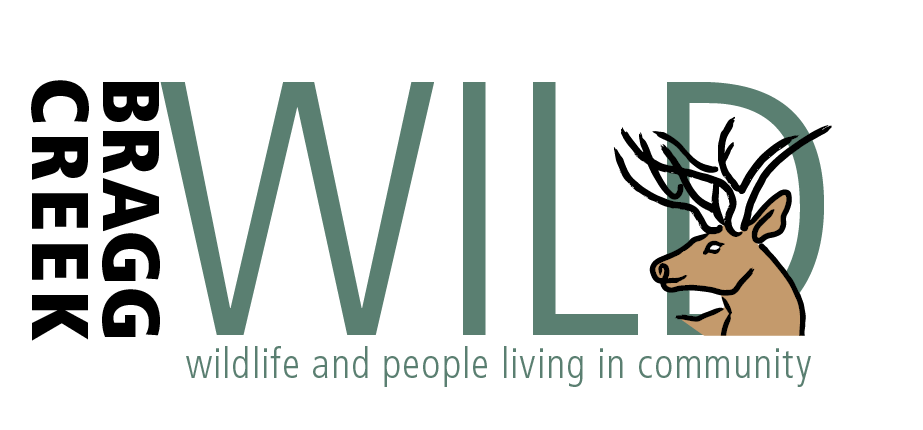Reducing Animal-Vehicle Collisions: Essential Tips for Drivers
From mid-September to late November, drivers need to be especially vigilant on rural roads to minimize the risk of collisions with wild animals. This is rutting season for moose, deer and elk – a peak period for wildlife movement. With the start of Daylight Saving Time on November 3rd, understanding how to drive safely in these conditions is crucial.
Understanding Wildlife Behavior
During rutting season, animals are more active, erratic, and unpredictable on the roads. Male and female deer and elk may roam more widely in search of mates, increasing their chances of crossing busy highways and country roads. This heightened activity—along with reduced daylight—means drivers must remain alert.
Safe Driving Tips
1. Observe Speed Limits: Speeding reduces your ability to react to sudden wildlife crossing. Adhering to posted speeds ensures compliance with traffic laws while providing ample response time if an animal darts into the road.
2. Keep an Eye on the Ditches: As you drive, maintain a keen awareness of the ditches and roadside. Wildlife often emerges unexpectedly, and being proactive can help you spot animals before they reach the road.
3. Pay Attention to Deer Crossing Signs: These signs indicate areas where animal crossings are common. Take extra caution in these zones – reduce your speed and heighten your vigilance.
4. Watch for Peak Wildlife Activity Times: Dawn and dusk are when deer are most active. If you’re driving during these hours, increase your alertness and prepare for the potential of animals crossing.
5. Look for Herds: Deer are social animals and often travel in groups. If you see one, there’s a good chance others are nearby. Slow down and wait until you confirm that the entire group has crossed safely.
6. Use Headlights Wisely: In low light conditions, deer may freeze when startled by headlights. If you encounter a deer in your path, flicking your lights on and off can help the animal regain its bearings and move away from the road.
7. Avoid Honking Your Horn: Horn honking can actually confuse animals, leading them to flee unpredictably—sometimes directly into your path. Instead, rely on braking and slow down safely.
8. Prepare for Unpredictability: Wildlife can behave erratically and may not cross in a straight line. Stay alert and be ready to stop suddenly.
9. Don’t Swerve: If a deer or elk suddenly appears, your instinct may be to swerve to avoid a collision – which can lead to driving off the road or colliding with other vehicles. Instead, brake firmly and stay in your lane.
Conclusion
Following these tips will enable drivers to significantly reduce the risk of wildlife-vehicle collisions in rural areas during peak seasons. Being mindful of driving speed, staying alert, and understanding seasonal animal behaviours are key components to safe driving. As the rutting season progresses, be committed to keeping the roads safer for drivers and wildlife alike.
Bragg Creek Wild
www.braggcreekwild.ca
braggcreekwild@gmail.com – 403 200 9961
People and wildlife living in community


























